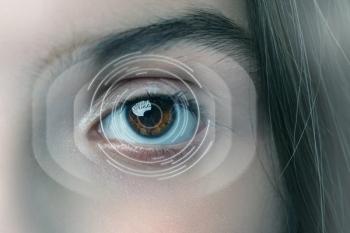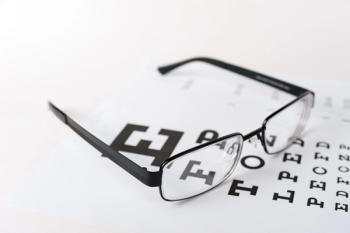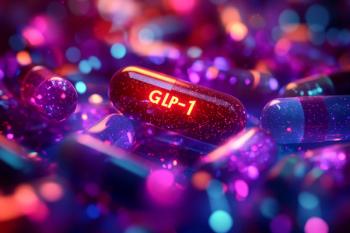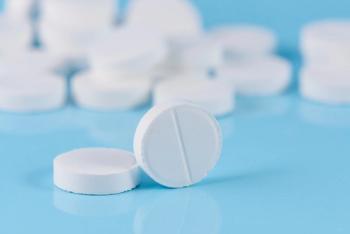
Researchers Detail First Use of Glaucoma Drug for Eyelid Ptosis After Botox
Eyelid ptosis can be treated with α-adrenergic eye drops.
Researchers in Saudi Arabia recently detailed a unique treatment administered to a 35-year-old woman who developed eyelid ptosis after botulinum toxin injection.
Ghadah Alotaibi, MD, and colleagues from the Derma Clinic in Riyhad, Saudi Arabia, believe this is the first case of utilizing brimonidine 0.33% gel (Mirvaso Gel) to treat eyelid ptosis from cosmetic botox injection, they wrote in the Journal of the American Academy of Dermatology.1
The most common complication of botulinum toxin injection is ptosis of the upper portion of the eyelid, the researchers wrote. Eyelid ptosis can be treated with α-adrenergic eye drops. “These eye drops cause contraction of the upper portion of the tarsal muscle, known as Müller’s muscle, creating a 1- to 2 mm elevation of the upper portion of the eyelid, which is usually sufficient to make the eyelids more symmetric,” they noted.
“The main indication for α-adrenergic agonist eye drops such as apraclonidine and brimonidine is reduction of intraocular pressure in glaucoma. Although brimonidine is more selective than apraclonidine, both enhance aqueous humor uveoscleral outflow and decrease aqueous production by vasoconstriction,” the investigators added.
When these treatments are used for glaucoma, eyelid retraction appears as one of the side effects, especially with the use of apraclonidine. Apraclonidine elevates the eyelid by its effect on Müller’s muscle, which is a smooth muscle innervated by sympathetic nerves.
Investigators detailed the case of a woman who had received Botox injection to treat dynamic lines on her glabella and forehead. After 4 days, she developed right eyelid ptosis. The patient also complained of fatigue and heaviness around her right eye.
Using a fingertip, physicians applied 0.2 mg—a pea-sized amount—of 0.33% topical brimonidine gel over the upper portion of the right eyelid. One hour later, there was a significant elevation of the eyelid by 2 mm, which persisted for up to 2 hours.
There were no observed adverse effects.
“Topical brimonidine gel has a direct potent peripheral vasoconstriction activity in the small arterioles, which makes it a good treatment for erythema associated with rosacea,” investigatorswrote. “We present brimonidine gel as an adequate option for symptomatic relief following botulinum toxin-induced eyelid ptosis.”
To the researchers’ knowledge, there are no current studies on the safety of this topical gel on the eyelids.
Reference
1. Alotaibi GF, Alsukait, SF, Alsalman HH, Turkmani MG. Eyelid ptosis following botulinum toxin injection treated with brimonidine 0.33% topical gel. JAAD Case Rep. 2022;22:96-98. Doi:10.1016/j.jdcr.2022.01.019
Newsletter
Pharmacy practice is always changing. Stay ahead of the curve with the Drug Topics newsletter and get the latest drug information, industry trends, and patient care tips.





























































































































